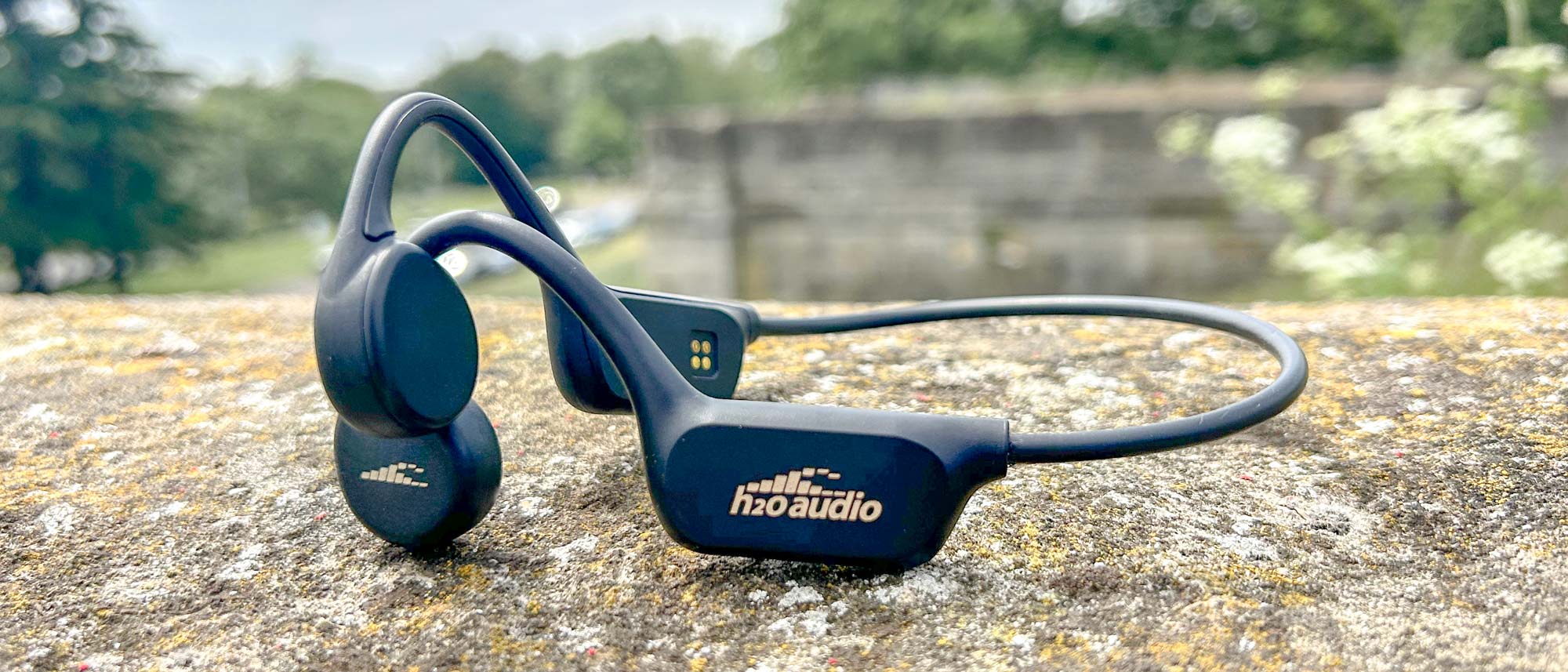Tom's Guide Verdict
The H20 Audio Tri Pro offer satisfactory bone conduction performance, but despite having versatile playback options some features are badly executed.
Pros
- +
Lightweight design with good comfort
- +
Bluetooth streaming and music player
Cons
- -
Distorts at higher volumes
- -
Playback skips in the water
Why you can trust Tom's Guide
Price: $179 / £127 / AU$149
Colors: Black
Battery life (rated): 5 hours
Connectivity: Bluetooth 5.0
Storage: 8GB
Durability: IPX8 waterproof
Weight: Not specified
Along with offering both Bluetooth and music player streaming, the H20 Audio Tri Pro bone conduction headphones have a solution to stop you from searching out something new to load onto the headphones as well. A new Playlist+ feature lets you transfer offline playlists from third party music streaming services including Spotify and Apple Music, giving the Pro some added appeal.
As well as being one of the most versatile bone conduction headphones I've encountered, the H20 Audio has enough battery life to get you through a marathon and comes at an attractive price that puts it up against some of the best bone conduction headphones to buy right now.
H20 Audio Tri Pro review: Price and availability
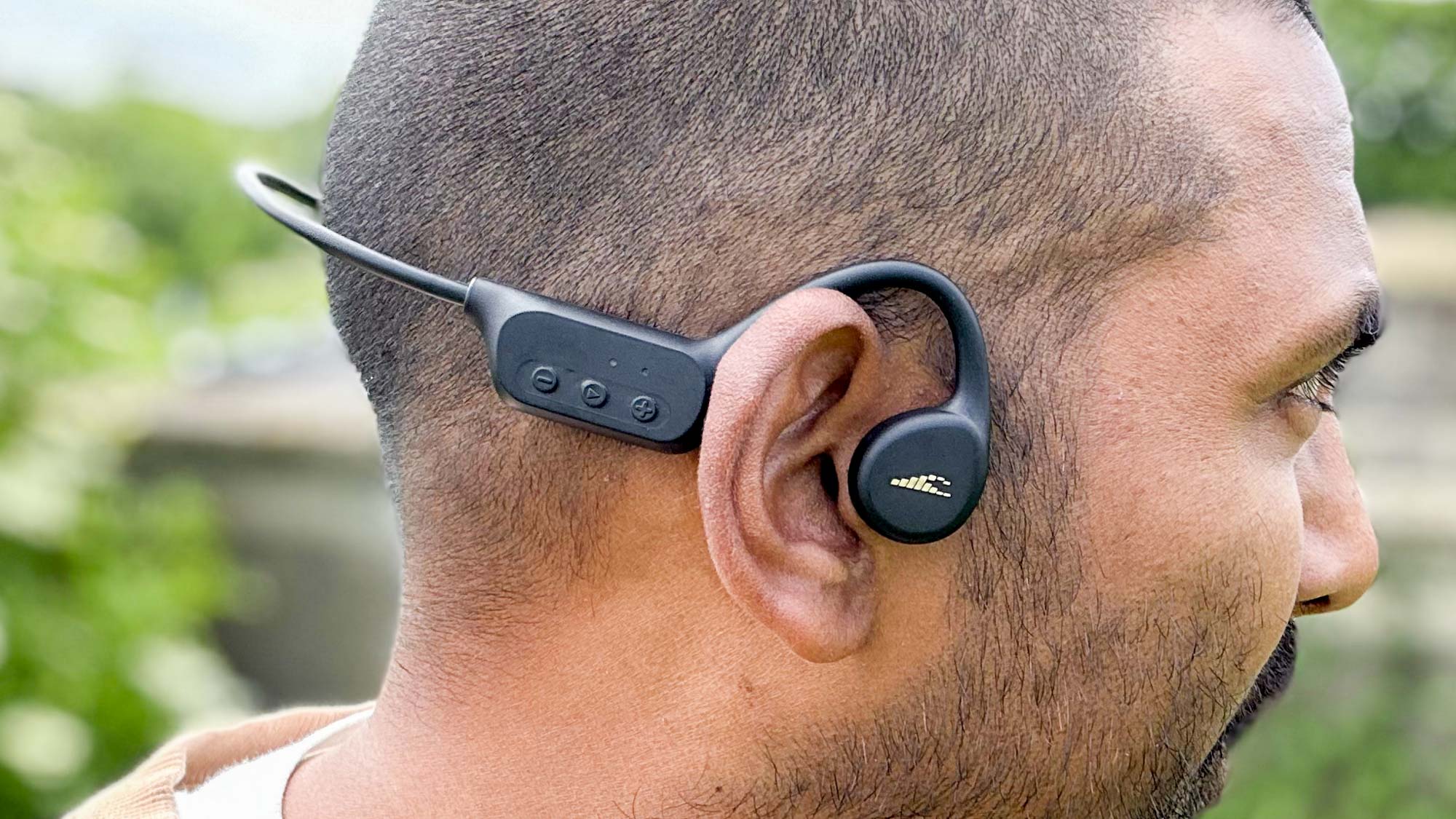
The H20 Audio Tri Pro launched in March 2023 introducing its new Playlist+ feature for $179, which puts it up with the best bone conduction headphones overall like the Shokz OpenRun Pro. They can be found for less though, and are currently discounted to $159 on the H20 Audio website directly as well as online retailers including Amazon.
H20 Audio Tri Pro review: Design and comfort

What you get from the Tri Pro is a very light pair of neckband-style bone conduction headphones that are more plastic than the mix of titanium and silicone you find on most bone conduction headphones, which does give it a slightly cheaper feel. Fortunately, they've been comfortable to wear for listening periods over an hour, and although their weight isn't specified these are a noticeably lightweight design.
Wearing them has generally been fine from a fit point of view. There's definitely a bit of a knack to wearing them for swims though, whether you wear them with or without a swim cap. On my first swim, tucking the headphone arms underneath the cap meant the speakers sat too far away from the ears, so there’s definitely a bit of playing around to do here to get them into that prime position.
There’s three physical buttons tucked away on the right side of the headphones, which do sit very closely to each other and are fine to use out of the water, but can be a touch problematic trying to differentiate between during swims. It might have made more sense to put them on the underside of the headphones or at least spacing them out a bit more.
To make them suitable for swimming, they carry an IPX8 water resistance rating, and H20 Audio claim they can withstand water up to 3.6 meters depth for an "unlimited amount of time."
Get instant access to breaking news, the hottest reviews, great deals and helpful tips.
On the inside of the headphone you’ll find the magnetic charging point, which does mean you need to use a proprietary charger to charge them and to transfer music over to them too. Though using the Playlist+ mode does give you an alternative method to transfer music, which I’ll get into later.
Along with the headphones you’re also getting a pretty standard set of earplugs that are designed for swims and aims to help reduce the water noise in your ears to get the best sound when they’re submerged.
H20 Audio Tri Pro review: Sound and call quality
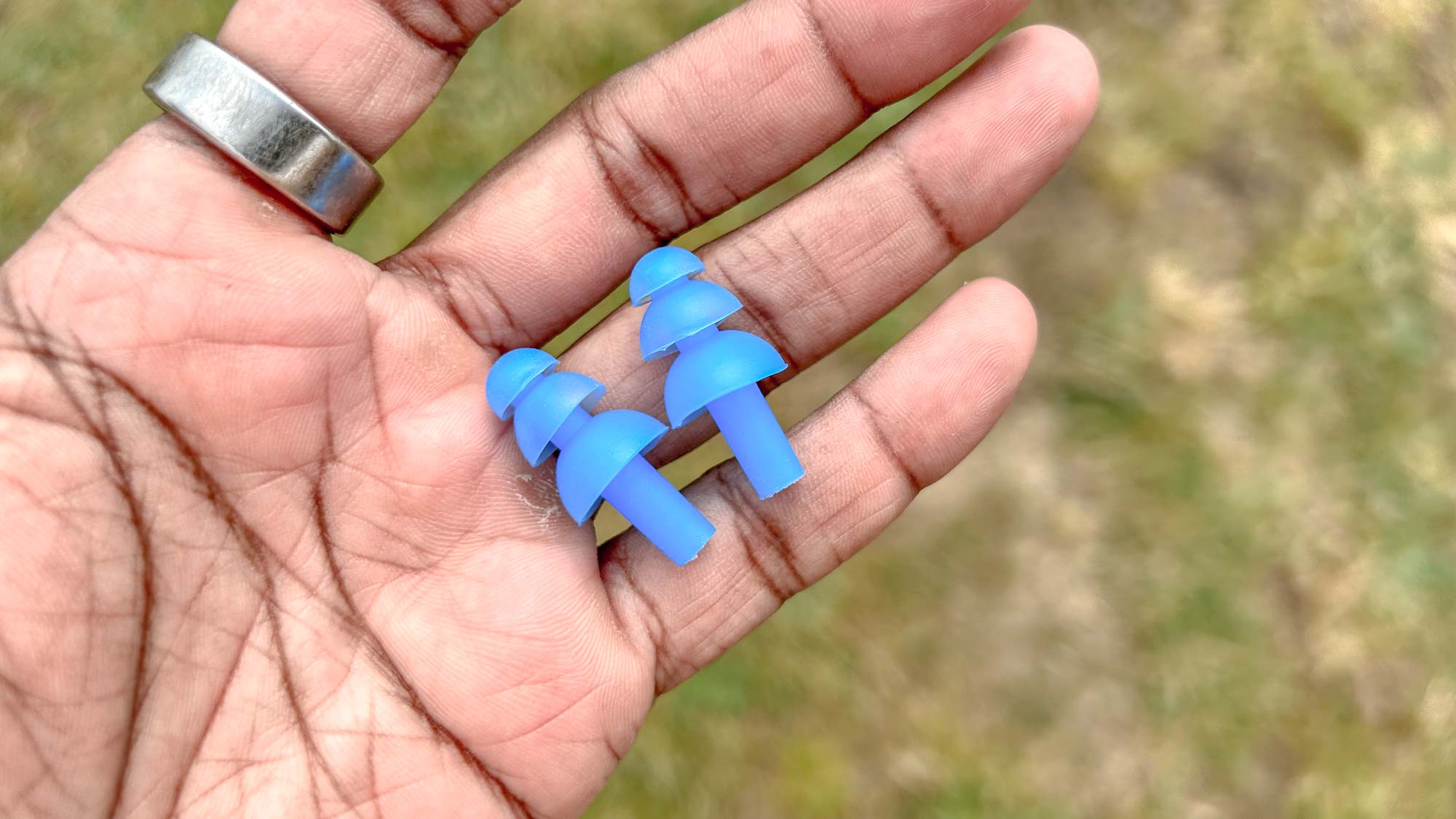
With the H20 Audio Tri Pro, you get two methods of listening to audio. The first is via Bluetooth and the other is by transferring audio files to the 8GB memory pretty discreetly built into the headphones.
H20 Audio says it’s introduced slimmer bone conduction speakers than the ones included in its Tri headphones and that those speakers have also been enhanced to offer better sound as well.
We’d say the sound quality in bone conduction terms isn't fantastic, whether you’re using them for swims, out on a run or just sitting at your desk. It definitely has characteristics you’d associate with older generation bone conduction headphones, which isn’t a good thing. There were noticeable vibrations at louder volumes, and performance generally didn’t match the more balanced sound profile I've from more affordable bone conduction headphones such as the Shokz OpenRun and OpenRun Pro, or the Haylou PurFree BC01.
It sounded pretty muddy when listening to our favorite drum and bass-centric Hospital Records podcasts, and on more bass-centric tracks from the Songs To Test Headphones playlist on Spotify (or even the Tom's Guide Headphone Demo playlist). On Massive Attack’s "Unfinished Sympathy", you can get a strong sense of that overall muddiness, the boxy mids and far from sparkly treble performance. On the Avalanches’ "Since I Left You", things just sound a bit muted and while it’s not a jarring experience listening to music or podcasts, it’s not stellar either.
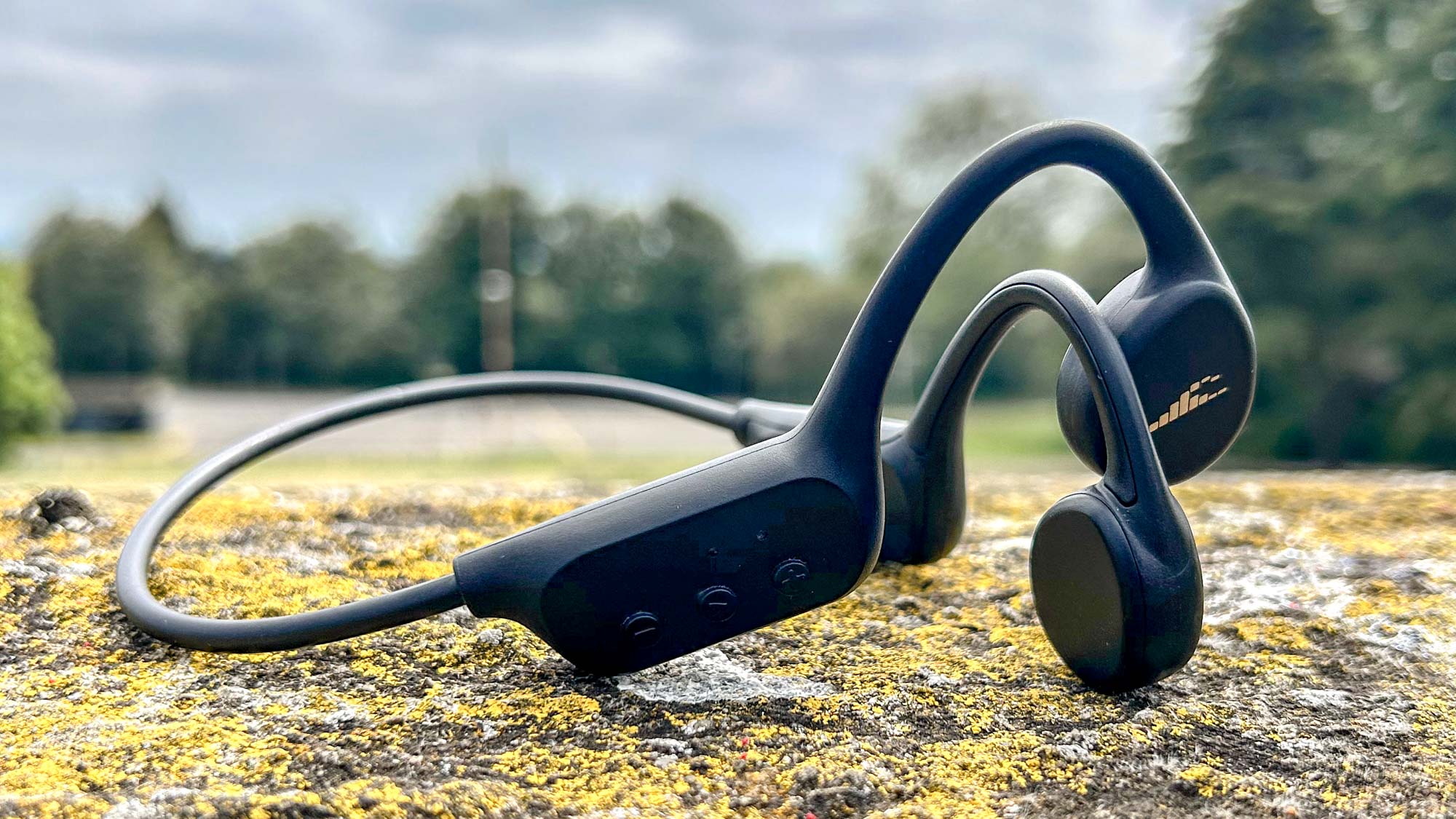
That performance extends to the time using them for swimming, which brings into play H20 Audio’s interesting Playlist+ feature. This is the company’s answer to finding something new to listen to in music player mode without having to plug the headphones into a computer to drag and drop files on; although this is also supported for file formats including iTunes .M4A, and is nice and straightforward to do.
Playlist+ allows you to sync tracks from music streaming services by essentially recording it while it’s playing through the headphones in Bluetooth mode. So you put the headphones into Bluetooth mode, pair them to your device, start playing music from a streaming service and then double press the + button on the headphones where the headphones will also notify through voice that the music is loading. You can alternatively do this from the companion H20 Audio app where you can also set a time duration limit on how much will be recorded.
Now there are a few problems with this feature. The first being that if you want to load on a lot of music or a long playlist, you’ll need to leave the headphones on and paired with that music playing, which can take hours. You need to make sure the volume is loud enough, because the volume level will be the same on the loaded audio.
Additionally, if you start playing something and then double press the + button it can cut off the start of a track. If you get interrupted by a call, that impacts on recording as well. It’s an ambitious feature, but needs serious work. During my swim tests with playing back recorded music, I found they had a tendency to randomly skip folders.
The H20 Audio's sub-par sound quality extends to calls as well, the microphone that handles hands-free calls and lets you give commands to your smart assistant was affected by wind noise and appeared to be unable to handle ambient background noise from traffic and busy outdoor spaces.
H20 Audio Tri Pro review: Battery life
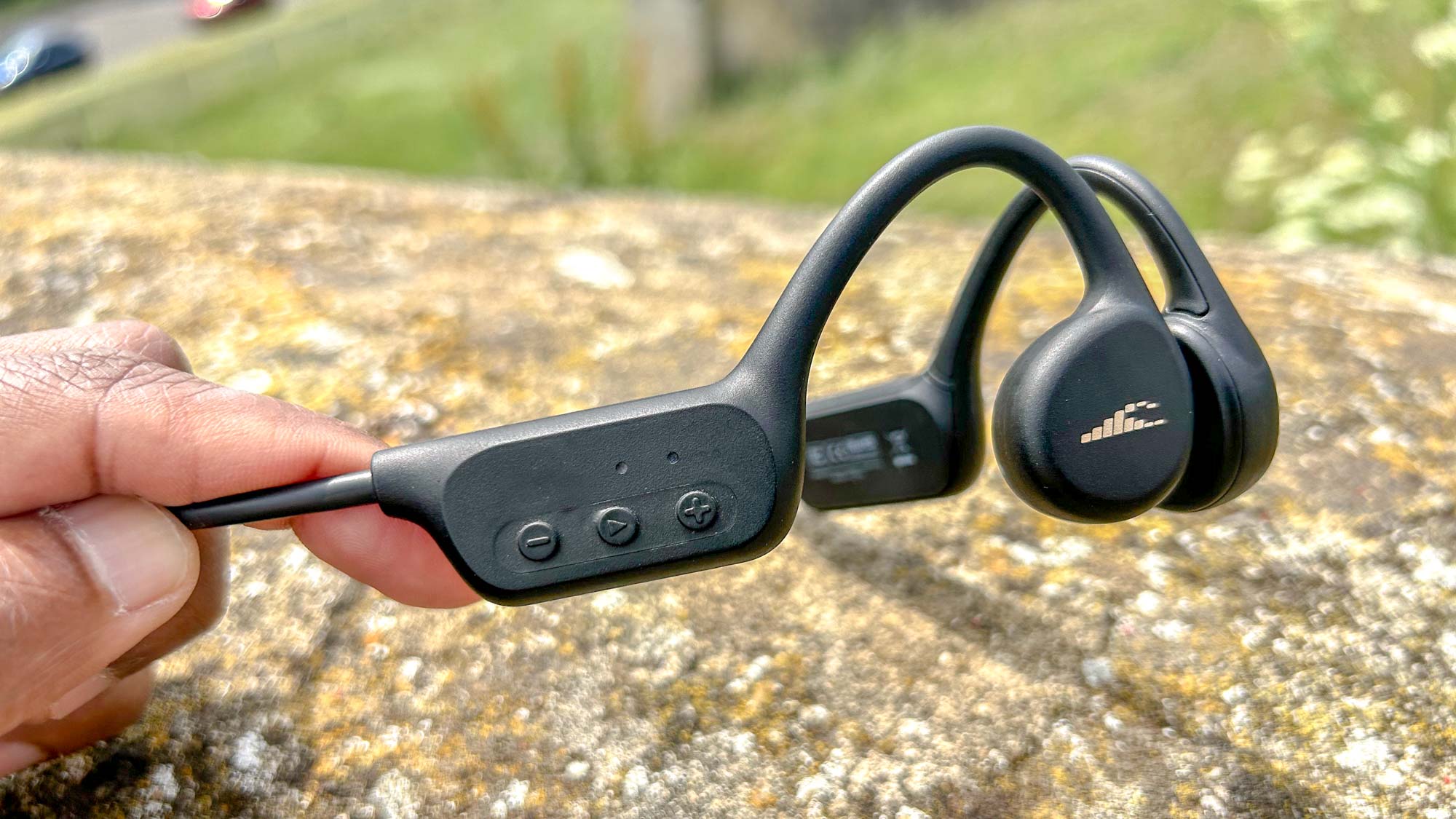
H20 Audio says the Tri Pro can deliver up to 5 hours of battery life, which falls short of other similarly priced bone conduction headphones that tend to sit at the 8 to 9-hour mark.
You do also have to consider battery life performance here in Bluetooth and music player streaming modes with the latter definitely demanding more from the battery. A 40-minute swim using the music player mode saw battery drop by 25%, and an hour of Bluetooth streaming at a fairly high volume also saw the battery drop by 25%.
What we do like is that the battery status prompts on the headphone when you turn them on are expressed as a percentage, which gives you a clear sense whether you need to grab the charger or you have a bit more listening time to play with.
H20 Audio Tri Pro review: Verdict
On paper, the H20 Audio Tri Pro sounds like a versatile pair of bone conduction headphones, offering an easier route into getting music on the built-in storage without the fuss of needing to sync it up to a computer. H20 Audio's Playlist+ feature isn’t the answer though, and there are too many niggles to recommend these bone conduction headphones at this price.

Michael is a freelance journalist who has covered consumer technology for over a decade and specializes in wearable and fitness tech. Previously editor of Wareable, he also co-ran the features and reviews sections of T3, and has a long list of bylines in the world of consumer tech sites.
With a focus on fitness trackers, headphones, running wearables, phones, and tablet, he has written for numerous publications including Wired UK, GQ, Men's Fitness, BBC Science Focus, Metro and Stuff, and has appeared on the BBC Travel Show. Michael is a keen swimmer, a runner with a number of marathons under his belt, and is also the co-founder of YouTube channel The Run Testers.
